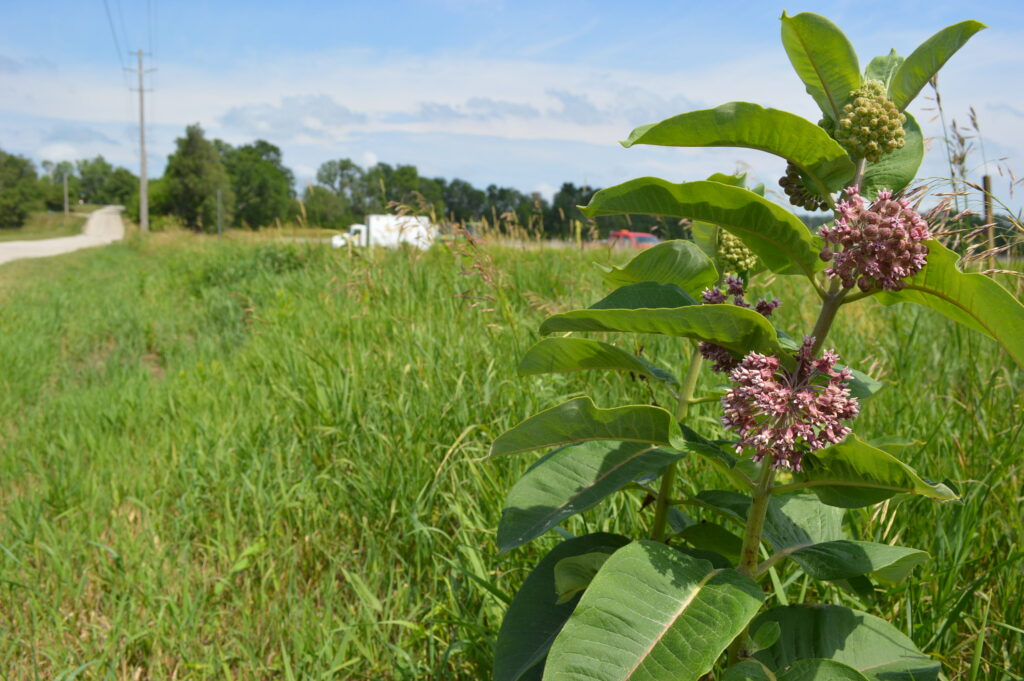
CEDAR RAPIDS, Iowa – Destruction of a large-scale prairie pollinator zone in Cedar Rapids began this week, coinciding with international Pollinator Week.
Dragonflies, bees, birds, skippers and swallowtail and monarch butterflies could be seen flitting among the native wildflowers blooming in the 28-acre prairie at Stewart Road and Otis Avenue SE on Thursday, June 24, 2021, as trucks began rolling across the land to create a railyard for ag giant Cargill.

Pollinator Week, from June 21-27 celebrates bees and other at-risk pollinators that are vital to the food supply and ecosystems.
Milkweed, the sole food source for monarch butterfly caterpillars, is abundant in the prairie pollinator zone and during this time of year, monarchs are busy laying their eggs on the plants, which will soon be destroyed at the site.
This isn’t the first time an ironic choice was made on the Cargill project. On Earth Day, trees were removed from the site to prepare for the 12-track, 200-car industrial railyard, next to the Prairie Park Fishery.
Related: Cedar Rapids celebrates Earth Day while destroying nature
Neighbors gathered to witness the end of the prairie, which offered respite not only for nearby residents, but other visitors, including cyclists, runners and regulars at the popular fishery.
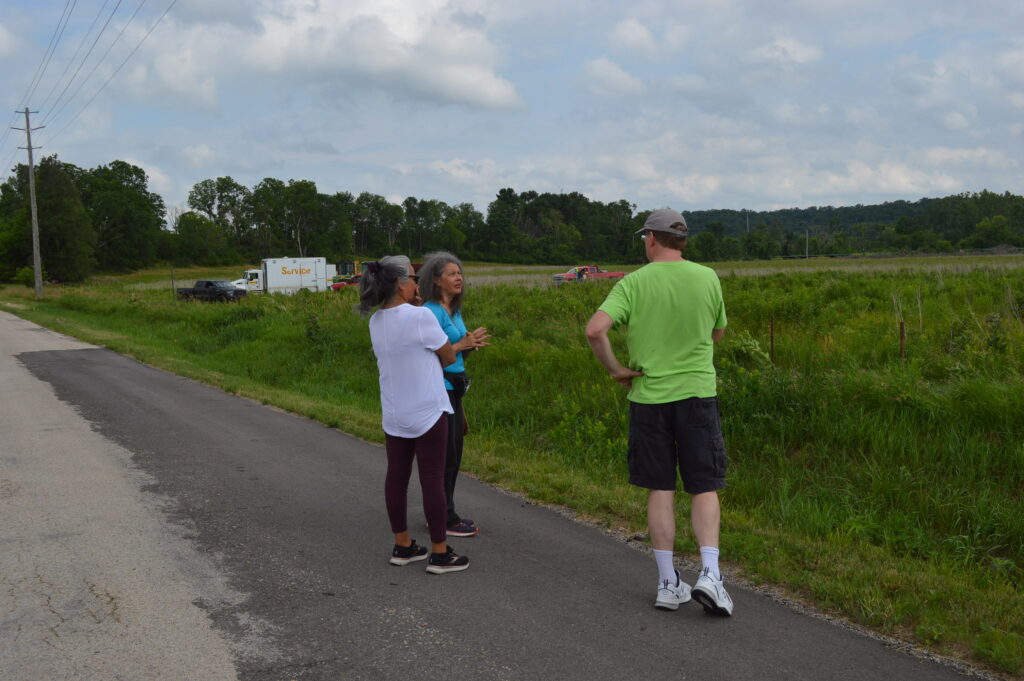
Ignoring outcry from neighbors and nature lovers, the Cedar Rapids City Council voted in 2019 to rezone the property from suburban residential large lot to general industrial, and approved a development agreement that will allow the multinational company to operate the railyard 12 hours every day, 365 days per year.
More: Judge rules in Cargill land use dispute
The land sits in a floodplain in the modest-income residential Rompot neighborhood, which was hit hard by both last year’s derecho and the unprecedented 2008 flood, giving rise to further flooding concerns.
An appeal of a judge’s ruling remains pending. Last year, Sixth Judicial District Judge Mary Chicchelly denied a petition by nearby residents Kate Hogg and state Sen. Rob Hogg, who argued that the city’s Future Land Use Map amendment, at Cargill’s request, violated the city’s own Flood Control System Master Plan and comprehensive plan, among other issues.
The two were later backed by six members of the Protect the Prairie Park Corridor non-profit corporation in the petition against the city.
See photos of the Prairie Pollinator Zone from last summer.

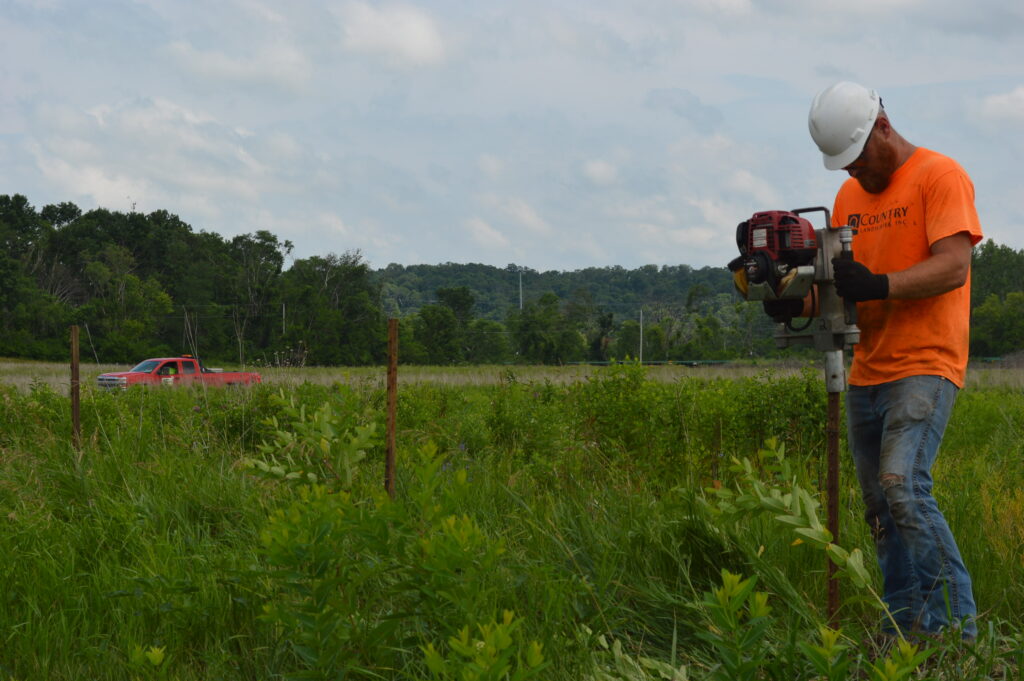
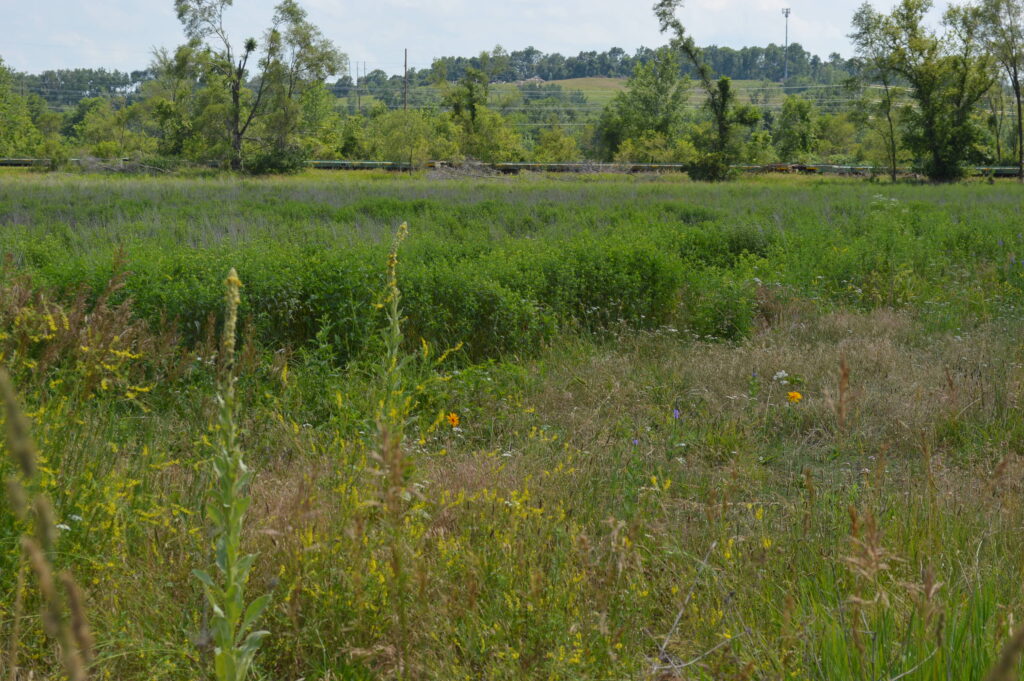
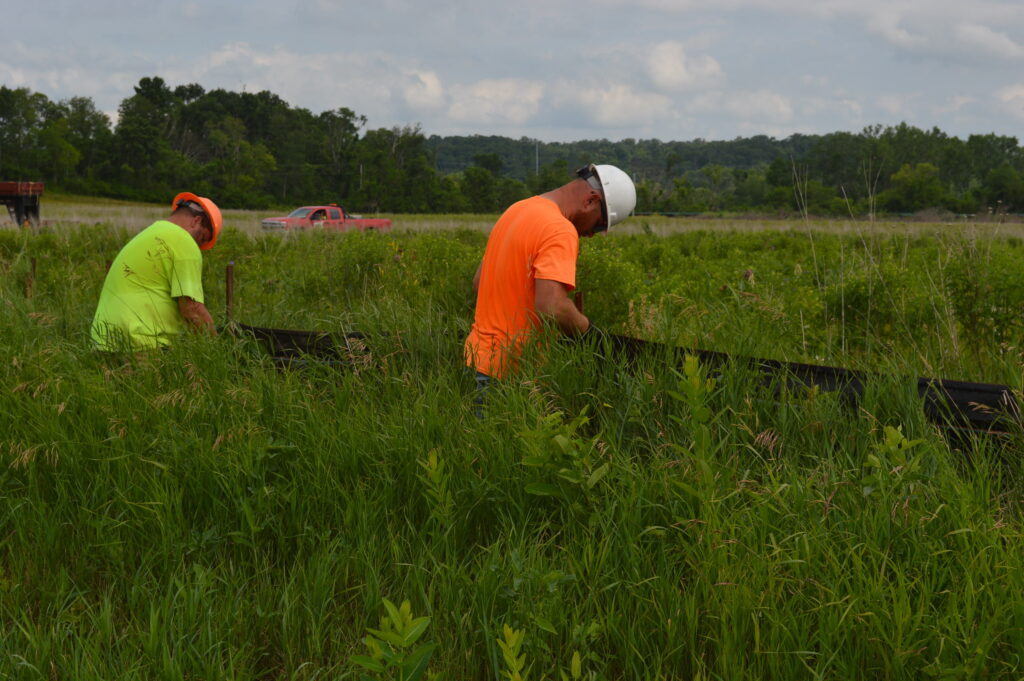
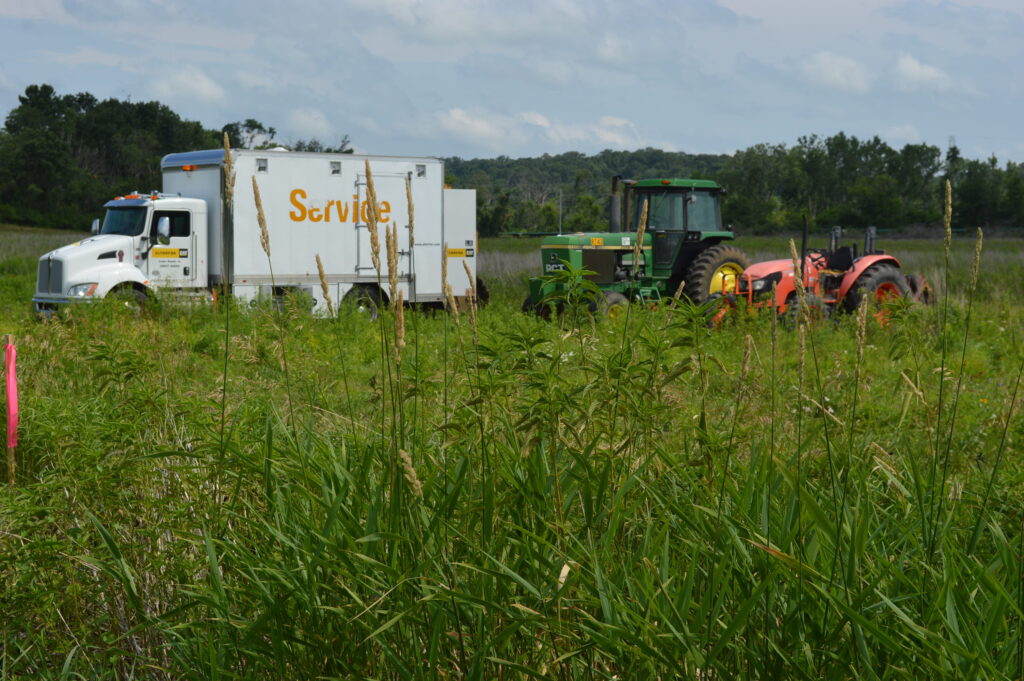

[…] See final photos of the Prairie Pollinator Zone. […]
Makes a person wonder if Cargill’s deep pockets influced any votes. I pray those responsible for this destruction find a conscious and realize the harm your decisions have caused. Iowa needs pollinator habitat more than a railyard.